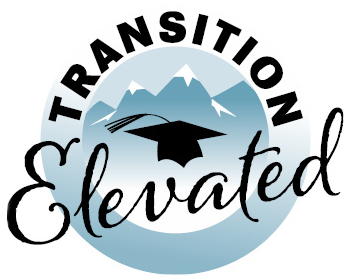Transition Planning Essentials
Effective transition planning is built upon a series of essential components that work together to prepare students for life after high school. This section outlines the key elements of a successful transition plan, providing the guidance needed to develop a comprehensive, individualized roadmap for postsecondary education, employment, and independent living.
1. Postsecondary Transition Plan
A Postsecondary Transition Plan is a legally mandated, individualized document that outlines a student’s long‑term goals and specifies the services required to achieve these objectives. It serves as the cornerstone of the transition planning process by aligning the student’s strengths, interests, and needs with the supports that facilitate a successful transition to adulthood.
- Key Features:
- Clearly defined postsecondary goals in education, employment, and independent living.
- A detailed description of the services and supports needed to achieve these goals.
- Collaborative input from students, families, educators, and community partners.
Learn More:
Postsecondary Transition Plan
2. Transition Assessments
Transition assessments are critical for understanding a student’s current abilities and identifying areas that require support. They form the empirical foundation for setting realistic, individualized goals.
-
Age‑Appropriate Transition Assessments:
These assessments are designed to evaluate the student’s skills, interests, and functional abilities at a specific developmental stage. They help pinpoint both strengths and areas for growth.Learn More:
Age‑Appropriate Transition Assessments -
Postsecondary Transition Assessments:
Comprehensive evaluations that provide a broader perspective on a student’s readiness for postsecondary education, vocational training, and independent living. These assessments typically include multiple components and are used to refine the transition plan.Learn More:
Postsecondary Transition Assessments
3. Transition Services
Transition services encompass the range of supports and activities designed to prepare students for life beyond high school. These services help bridge the gap between academic learning and real‑world application, ensuring that students develop the necessary skills for success.
- Examples of Transition Services:
- Academic Instruction and Vocational Training: Tailored instruction that meets the student’s specific learning and career needs.
- Work‑Based Learning Opportunities: Practical experiences, such as internships or job shadowing, that build workplace readiness.
- Counseling and Career Exploration: Guidance to help students identify career interests and develop self‑advocacy skills.
- Community-Based Experiences: Activities that promote independent living and community integration.
Learn More:
View the Padlet
4. Planning Timelines & Workflows
A well-structured timeline is essential to ensure that transition planning is both systematic and proactive. Timelines and workflows help coordinate activities, set measurable milestones, and monitor progress throughout the transition process.
- Key Components:
- Structured Timelines: Outlining transition-related activities by grade level or age to ensure early and consistent planning.
- Workflow Tools: Resources such as “Charting the Life Course” worksheets that assist in mapping out and tracking the steps needed to reach postsecondary goals.
- Progress Monitoring: Regular reviews to assess the effectiveness of the plan and make necessary adjustments as the student’s needs evolve.
Learn More:
Charting the Life Course Tools


